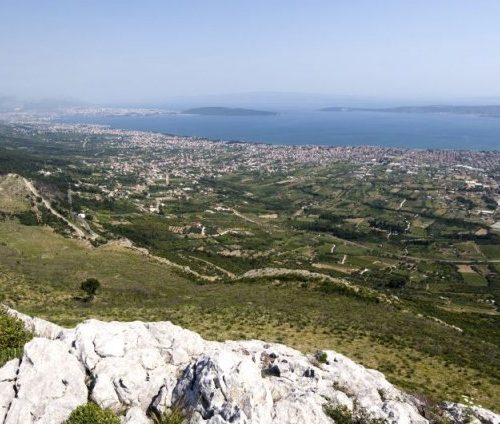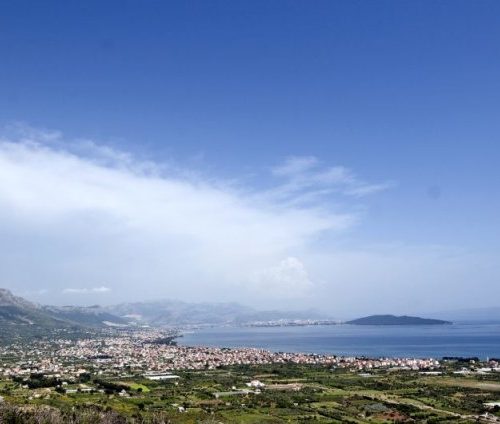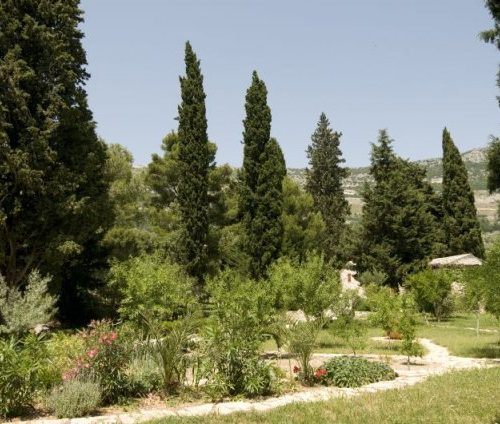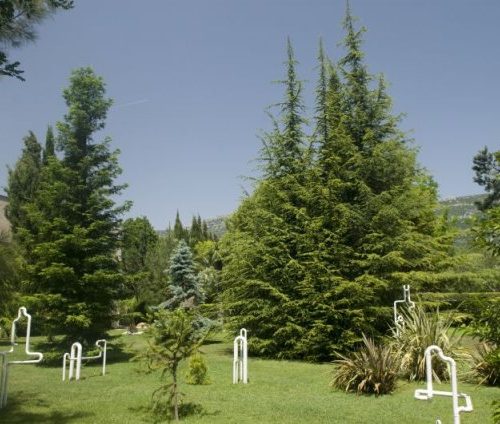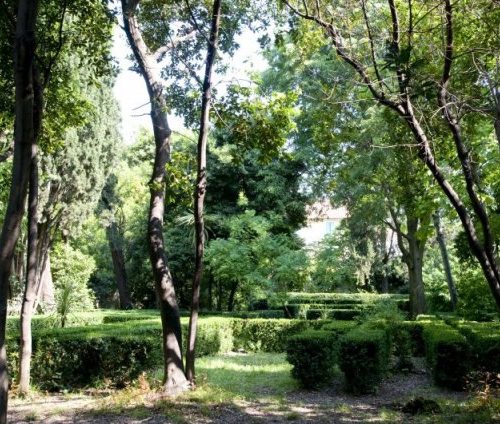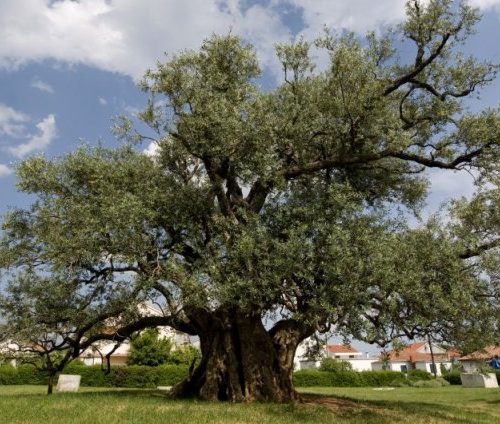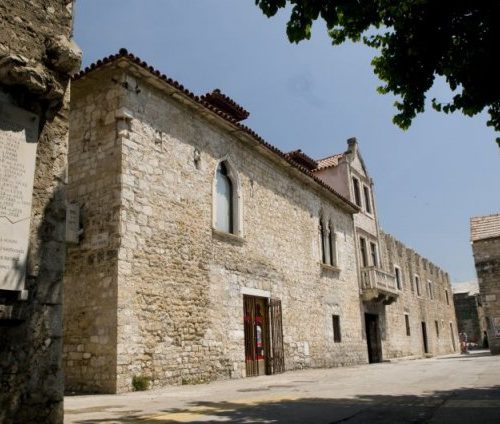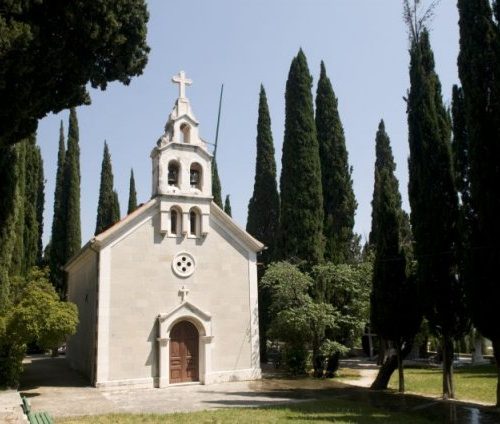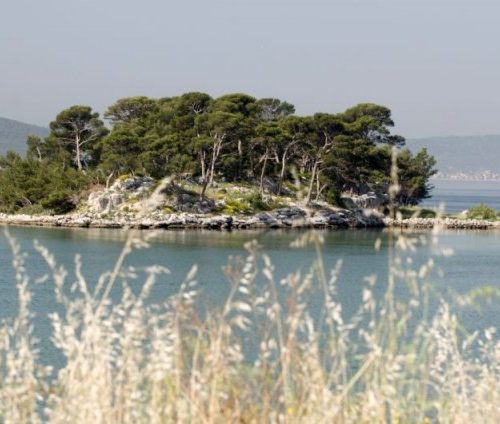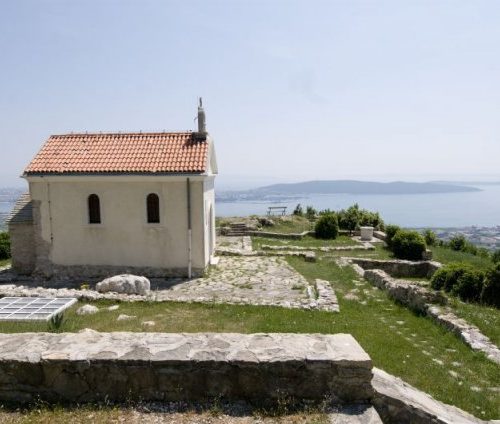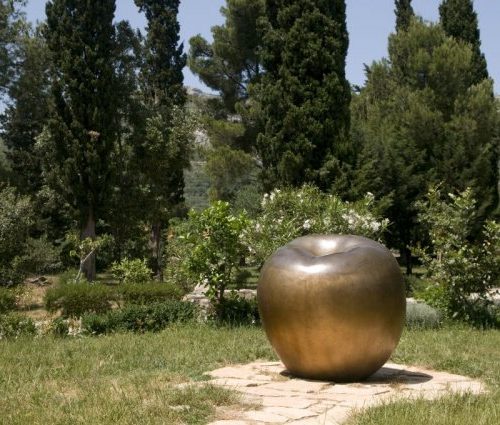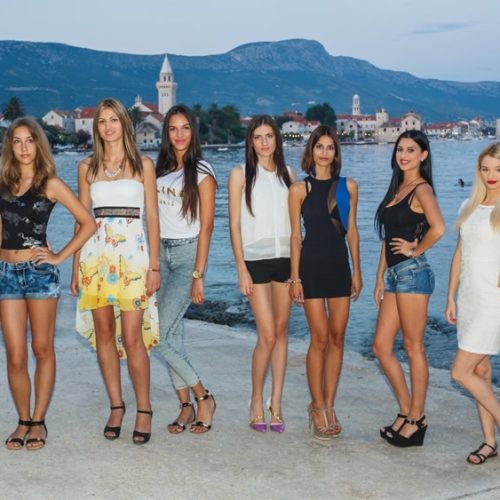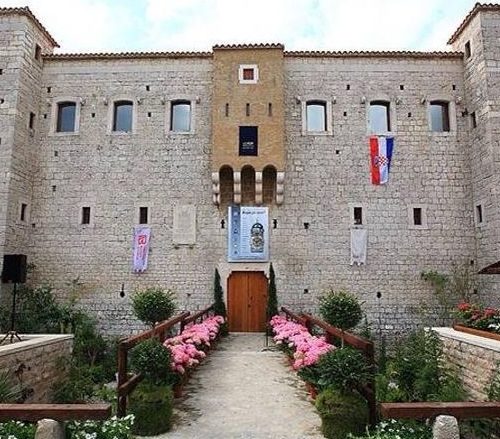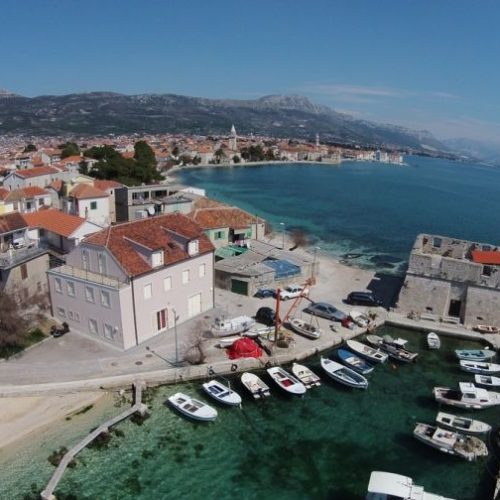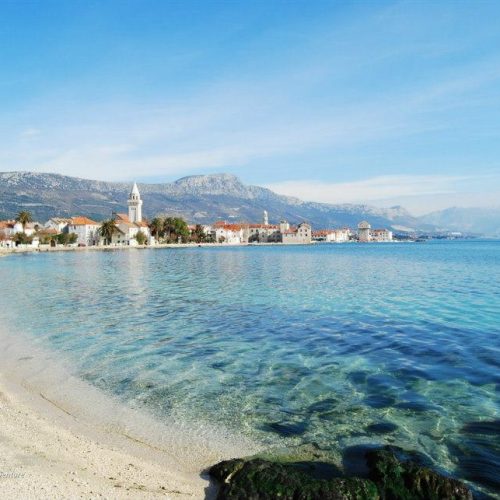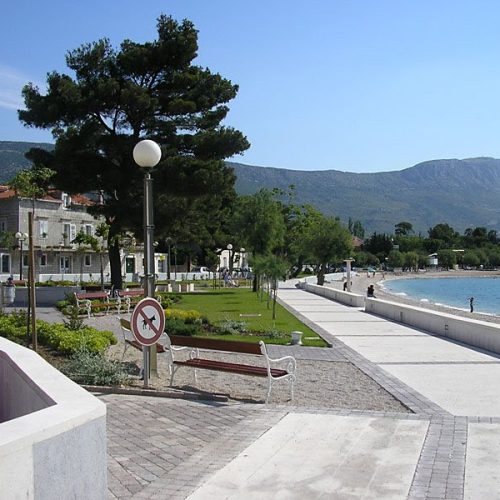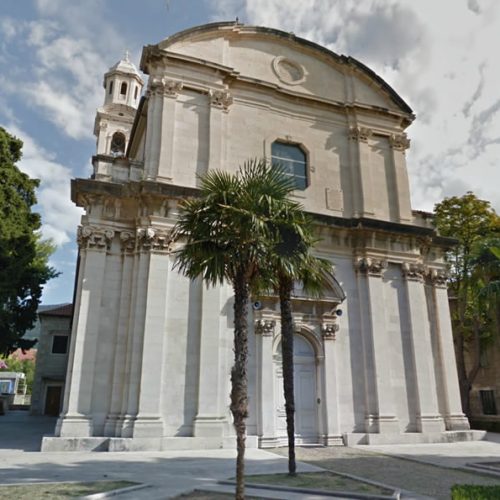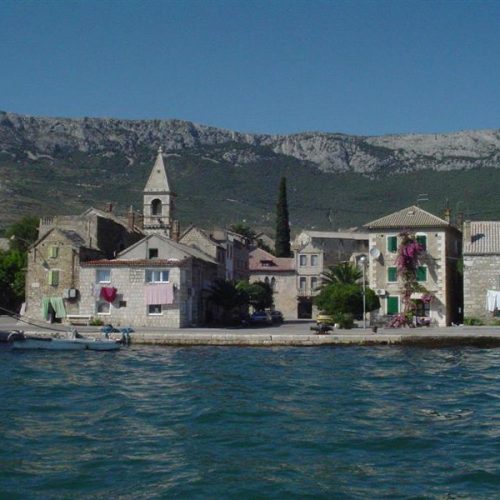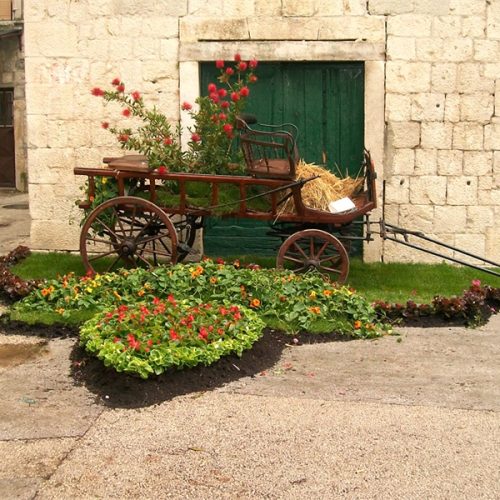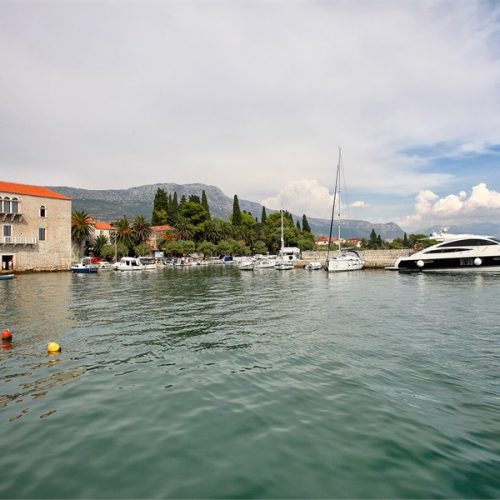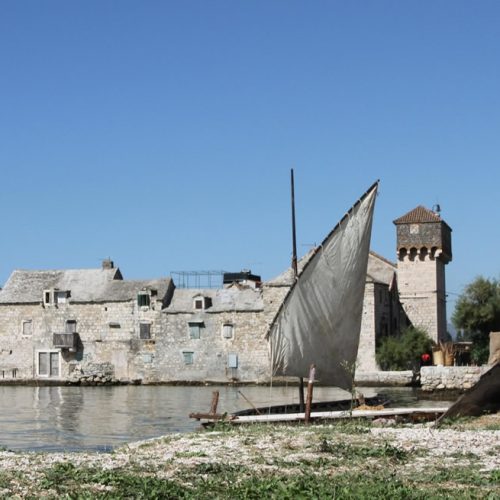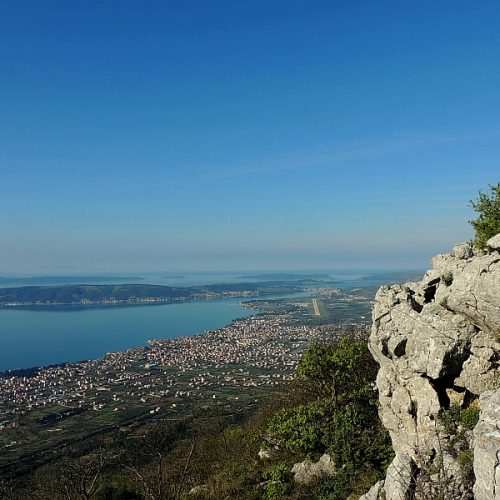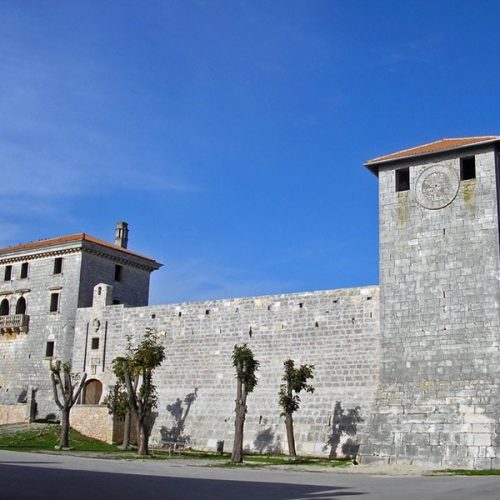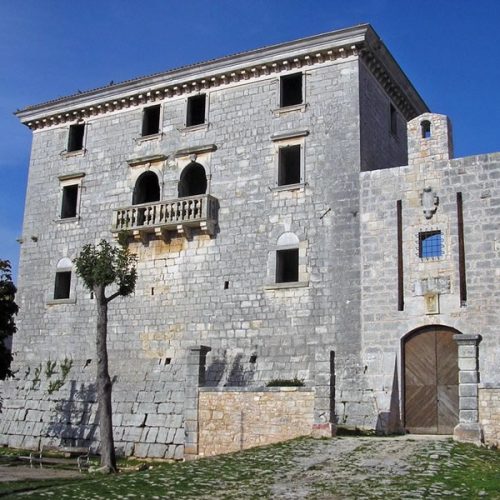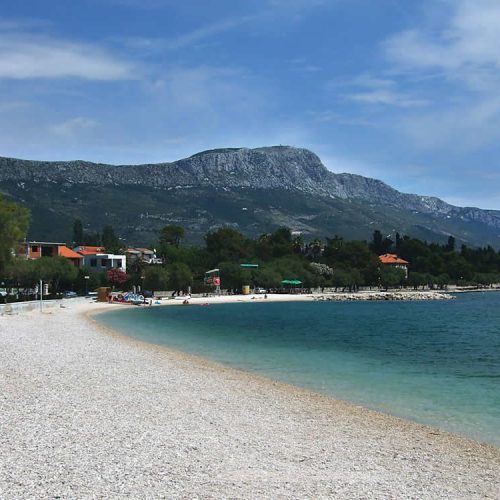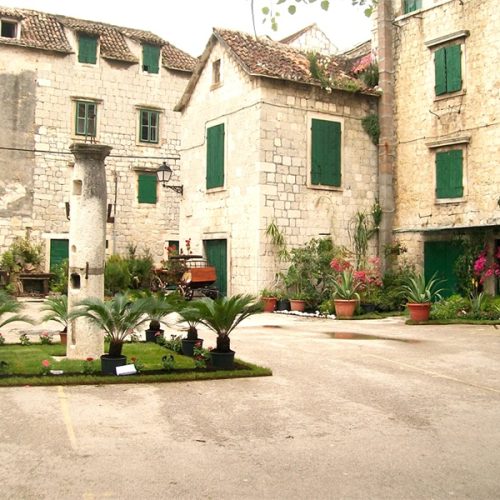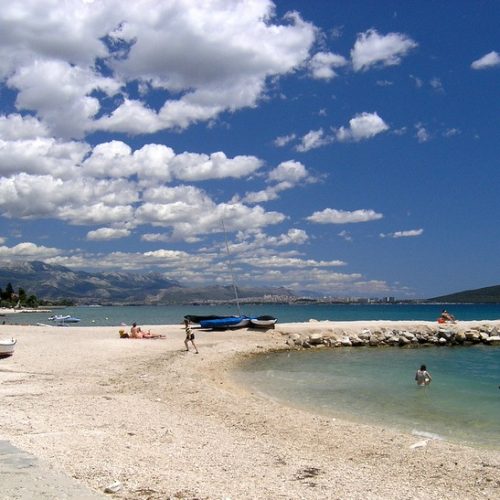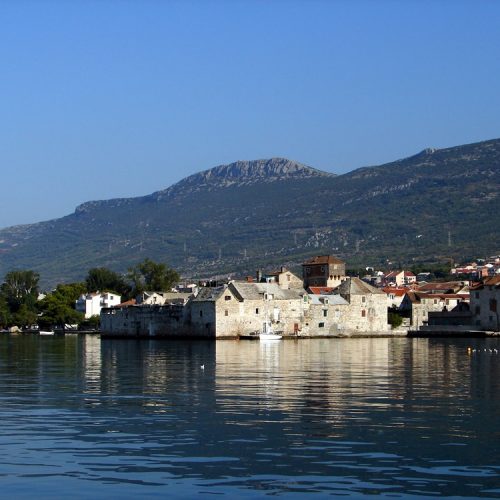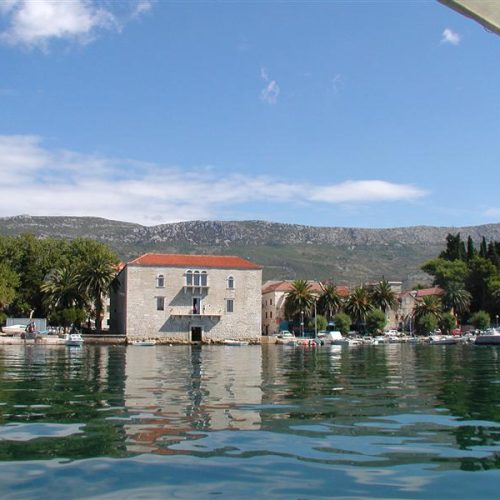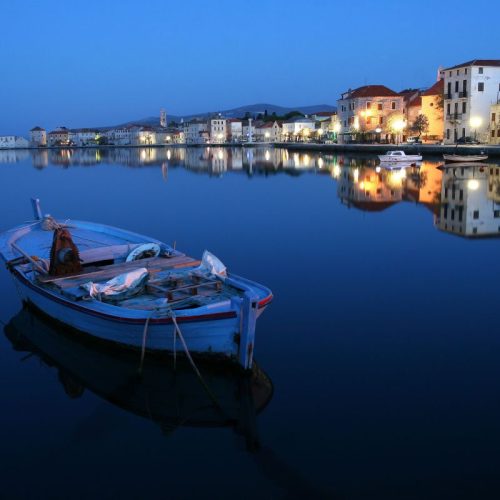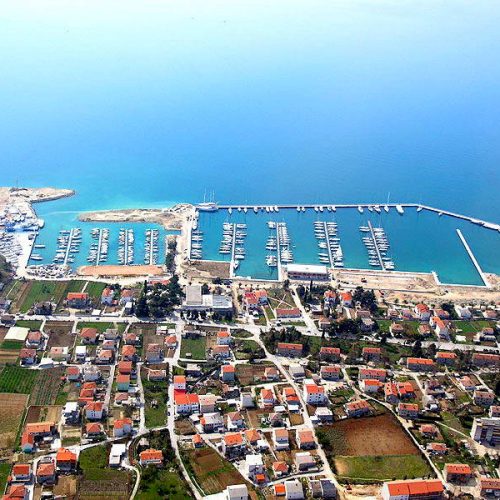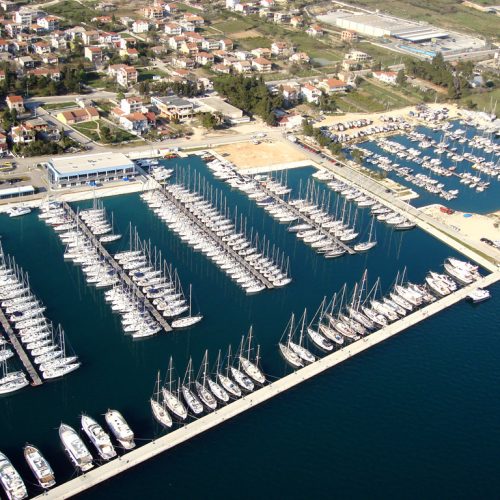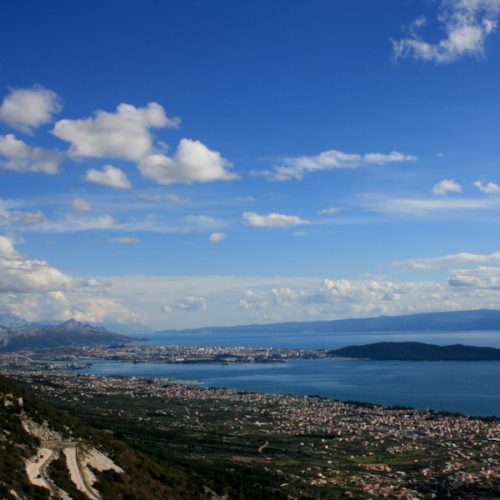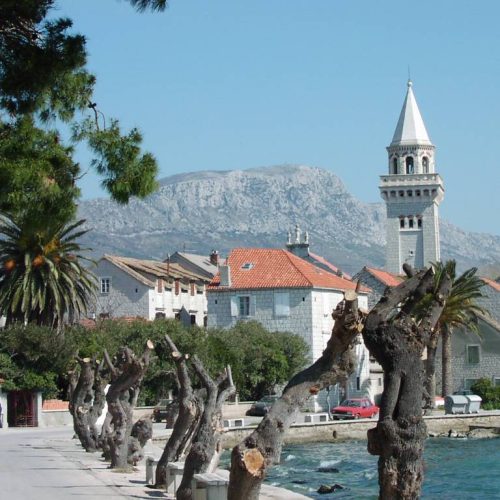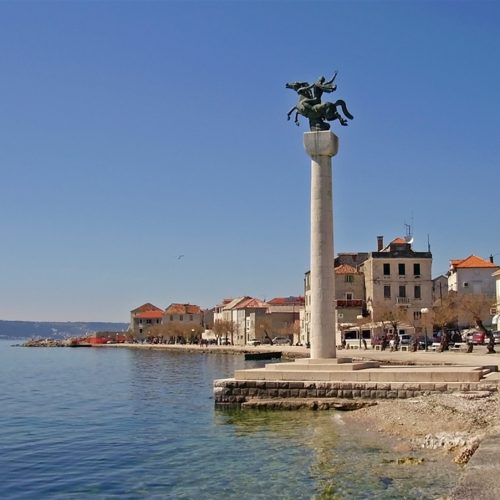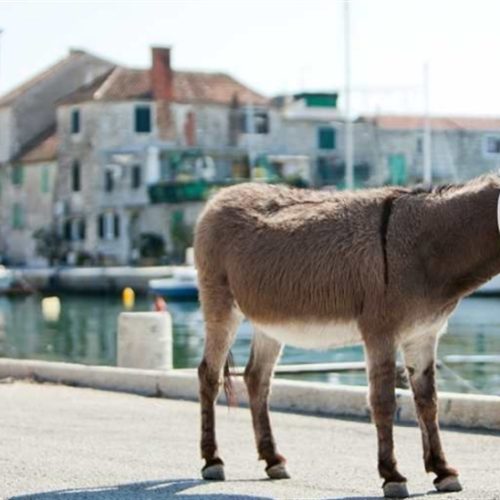KAŠTELA
-
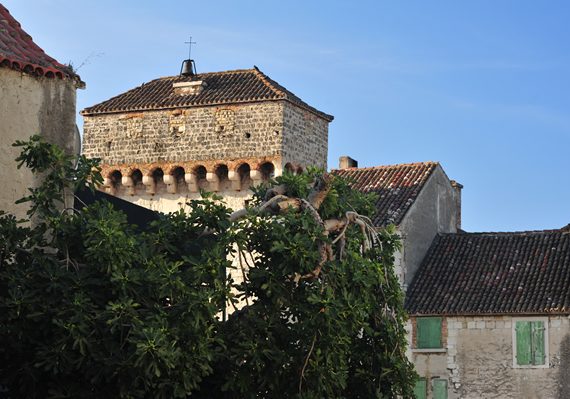
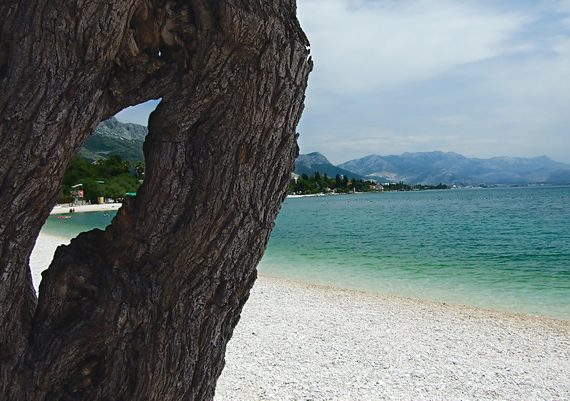
Kaštela
Kaštela
The town of Kaštela is located on the coast of the Bay of Kaštela. It has over 40 000 inhabitants, and it is the second largest town in the Split and Dalmatia County. It stretches over the length of 17 kilometers.
Our town is specific because of the fact that it developed around 7 settlements (Kaštel Štafilić, Kaštel Novi, Kaštel Stari, Kaštel Lukšić, Kaštel Kambelovac, Kaštel Gomilica and Kaštel Sućurac) or around castles. Each village has its own particularity merged into character of this part of Mediterranean. Radun and Rudine emerge in recent years as the two new smaller centers.
The eastern part of the city is a little industrial center. Cement factories, a steel mill and many shopping malls are situated there. Agriculture based on crops traditional for this region is developed in the Field of Kaštela an on the slopes of Kozjak. Growing of olives, grapes and cherries flourish in the recent times.
The western part of the town is more tourism- oriented. This is the area with most accommodation capacities: tourist apartments, rooms, camps and hotels.
There is a newly built Marina Kaštela in Kaštel Gomilica capable to accommodate large number of private and charter boats.
Kaštela is of the places with the best traffic infrastructure. We have an international airport Split – Kaštela, a railway station at Kaštel Stari, and access to Split – Zagreb highway at Prgomet and Vučevica.
There are many organizations and institutions which enrich cultural life of the town throughout the year.
The Museum of the town of Kaštela found its place in the Vitturi castle, and an exhibition room in onetime bishop’s summer residence in Kaštel Sućurac .In February, traditional carnival festivities are held in Kaštel Sućurac, Kaštel Kambelovac and especially in Lower Kaštela (Štafilić, Novi, Stari) with tradition over 150 years long.
Every year from July 1 – August 31 the”Kaštela Cultural Summer” takes place. There are over 60 exhibitions, theatre shows, pop and classical music concerts, folklore, sport events and festivities (fishermen’s, hunters’, mountaineers’). Events are held at the most attractive places at the historic centers, castles and by the sea.
Destination
We especially highlight the “Evenings of Dalmatian Songs” held every July in Kaštel Kambelovac. Traditional a cappella singing arranged in modern or traditional manner is cherished there.Welcome!
-
History and cultural heritage
Traces of all historic periods could be found in the area of the town of Kaštela; cavemen have hunted here (Mujina Cave on the western slopes with artifacts dating 45 000 years BC).
There are many Illyrian stone heaps scattered over the Kozjak Mountain.
During the Greek and Roman rule these parts experienced their economic and cultural prosperity. Remains of many antic villas and the Siculi settlement at Resnik are the proofs of that.
Croatians migrated to the gentle slopes of Kozjak in the 7th century and formed their first settlements. Old Croatian churches are the silent witnesses of that time.
Aristocrats and clergymen from Trogir and Split built their castles on these rocky shores. The Venetian authorities approved of that to protect crops and peasants. These fortified mansions– castles appeared as fortresses on their land sides with keeps, moats, loopholes and drawbridges. Their sides facing the sea were built as Renaissance villas with wide windows and balconies. Inhabitants of the old settlements on the slopes of Kozjak sought refuge and security by building new fortified settlements around them.
Agriculture and growing of olives and grapes were the basis of economy and the foundation of economic might of these parts. Big churches with bell towers (decorated by most famous artists of that time), golden and silver gifts in church treasuries and folk costumes noted for their golden decorations and golden embroidery witness about that might.
Around 16 castles seven villages were formed: Kaštel Štafilić, Kaštel Novi, Kaštel Stari, Kaštel Lukšić, Kaštel Kambelovac, Kaštel Gomilica and Kaštel Sućurac. These villages grew, developed and finally merged to the town of Kaštela. The villages preserved authentic Dalmatian architecture: houses with open front stairs, balconies, wine cellars, narrow streets and squares at their centers.
-
The beauty of Kaštela and the Field of Kaštela inspired many poets who described their beauty in many poems.
“Seven villages like seven swans” became a motto of the town of Kaštela. In the most parts of the Field of Kaštela vineyards, olive groves, cherries, figs and autochthonous Mediterranean vegetation trade places with monuments of natural heritage and park architecture.
An olive (Olea Europea), more than 1500 years old grows in Kaštel Štafilić, which people of Kaštela call Mastrinka. It is considered that it was brought from Southern Italy or Greece. Due to the fact that estates of the Roman were in this area, it was presumed to be a remnant of an agricultural estate from those times. The olive is of an oil-producing species with small leaves and fruits. The system of roots occupies space of more than 100 meters. The span of the tree is 6 meters, the span of the tree top is 22 meters and the height is 10 meters. Annual crop of olives is processed into oil and packed into replicas of glass lacrimatoriums as an autochthonous souvenir of Kaštela.
An oak (Quercus Pubescens Willd) by the Romanic church of St. Kuzma and Damjan in Kaštel Gomilica capture interest by its beauty and size in this old Kaštela surrounding.
Park around the Palace Hotel in Kaštel Stari is also a monument of park architecture. It was founded in 1910 by Dr. Petar Kamber, former owner of the hotel and a man fond of Kaštela. The park stretches on 35 000 square meters.
Kaočina gaj, a forest on eastern slopes of Kozjak in Kaštel Sućurac is an example of preserved high maquis and other autochthonous species in vegetative and floristic sense. The forest is protected by the law.
-
Kaštela are known as a place of rich culinary traditions with an emphasis on Mediterranean diet: lots of fish in all ways (boiled, baked and grilled), vegetables (beans and Days of beans !!), fruit and cakes, and meat dishes are kaštelanska tradition (beef stew or baking).
Of course, with good food and good wine goes, a wine from the Kaštela, especially Crljenak kaštelanski (ancestor of the famous American Zinfandel) is our pride. Visit us you will certainly enjoy every moment spent in our famous restaurants, taverns and tasting rooms…
See under Eat and drink.
 English
English Deutsch
Deutsch Italiano
Italiano
